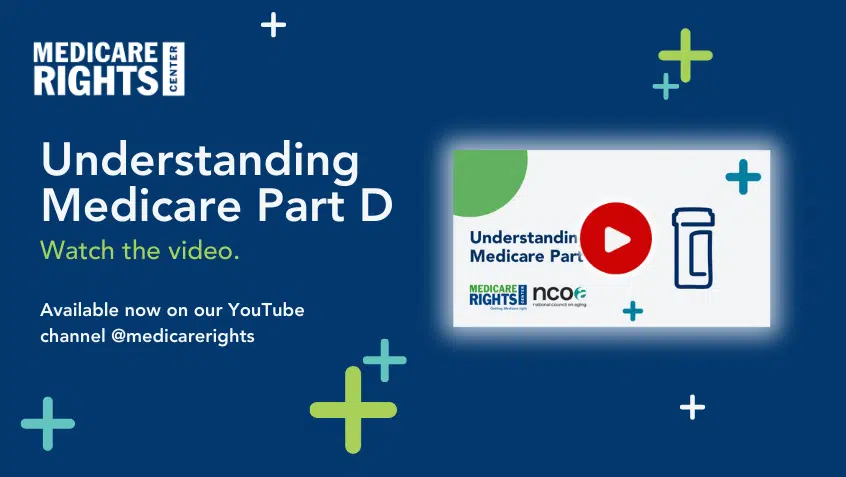Join Us Live for a Discussion on Medicare, Democracy, and the Future of Health Care

A new issue brief from the Integrated Care Resource Center (ICRC) examines strategies to reduce churn, the unnecessary loss of Medicaid coverage, for the 12 million people who are dually eligible for Medicaid and Medicare. Churn causes significant health and financial burdens for beneficiaries, providers, insurance plans, and states.
Despite these harms, many states have erected overly burdensome administrative barriers that increase churn. For example, they may require people with Medicaid to resubmit their income and asset information multiple times a year to stay eligible. Since such compliance can be difficult, people may lose their coverage despite still being eligible.
ICRC’s brief suggests states should move in the opposite direction and reduce or lessen the effects of churn by changing state policies and practices. This includes lengthening enrollment periods, using pre-populated forms, and using state resources, rather than beneficiary-submitted paperwork, to prove income eligibility.
The brief also outlines ways that states can work with Dual Eligible Special Needs Plans (D-SNPs), Medicare Advantage plans that specifically serve people who are covered by both Medicare and Medicaid. These plans can help states reach people with Medicaid, reminding them of upcoming administrative deadlines, assisting with paperwork, and enlisting providers to help spread the word.
In addition, states can work with D-SNPs by requiring or allowing plans to offer “deeming periods”—continued enrollment for individuals who lose Medicaid eligibility but are expected to regain Medicaid coverage within six months.
At Medicare Rights, we know that the cyclical pattern of churn causes stress, financial instability, and gaps in coverage for people with Medicaid. We urge states to take up ICRC’s suggestions and to go further by increasing income and asset limits for people to qualify for Medicaid. In 2019, the median income limit was only 74% of the federal poverty level, a number that leaves far too many people without access to care and coverage.
Read more about Medicaid churn.
Read more about increasing income limits for Medicaid eligibility.
Show Comments
We welcome thoughtful, respectful discussion on our website. To maintain a safe and constructive environment, comments that include profanity or violent, threatening language will be hidden. We may ban commentors who repeatedly cross these guidelines.
Help Us Protect & Strengthen Medicare
Donate today and make a lasting impact
More than 67 million people rely on Medicare—but many still face barriers to the care they need. With your support, we provide free, unbiased help to people navigating Medicare and work across the country with federal and state advocates to protect Medicare’s future and address the needs of those it serves.
The Latest
Most Read
Add Medicare to Your Inbox
Sign up to receive Medicare news, policy developments, and other useful updates from the Medicare Rights.
View this profile on InstagramMedicare Rights Center (@medicarerights) • Instagram photos and videos









